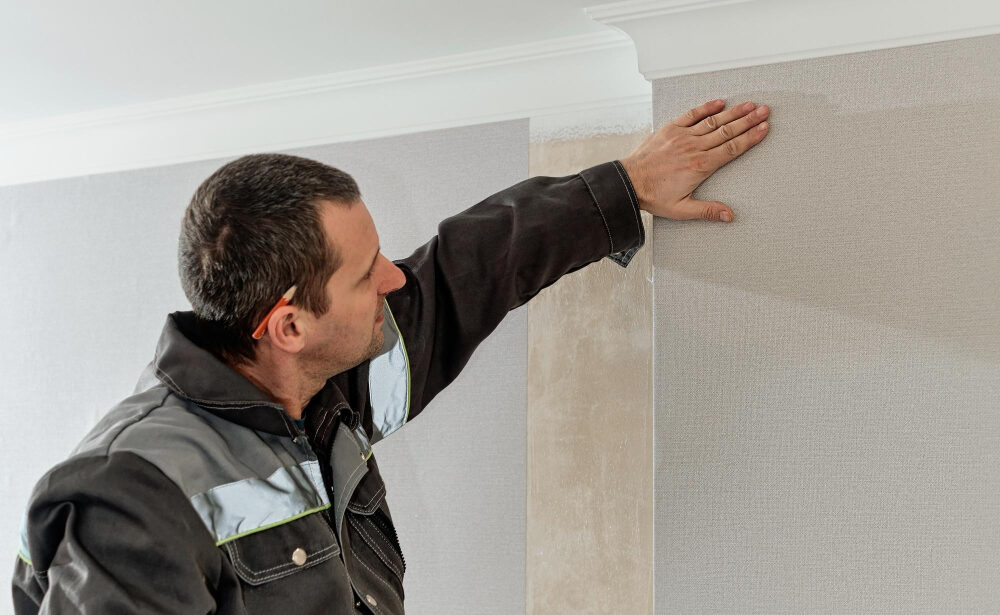Drywall is a common home essential—lightweight, cost-effective, and simple to install. But when it gets wet, homeowners across the U.S. and Canada often panic: does wet drywall always need to be replaced? The answer lies in understanding the extent and duration of the moisture exposure. With practical insight, you can make informed choices—whether to salvage or replace—and protect your home from mold, odors, and structural damage.
In this comprehensive guide—from industry know-how to quick FAQs—you’ll learn not just if your drywall needs replacing, but also how long does it take drywall to dry, with expert tips to help the process along.
Does Wet Drywall Always Need to Be Replaced?
Simply put: No, wet drywall does not always need to be replaced. But certain conditions make replacement necessary which are as follows:
Duration of Exposure Matters
According to industry insights, if drywall is exposed to water but dried within 24–48 hours, it might be salvageable—thanks to gypsum’s temporary resilience and rapid drying methods.
However, prolonged exposure—beyond 48 hours—greatly increases the risk of mold, warping, and structural compromise.
Source of Water
- Clean Water (e.g., burst pipes): more likely salvageable with fast action.
- Contaminated Water (e.g., sewage, floodwater): replacement is usually essential due to health hazards.
Visible Damage & Mold
Signs like sagging, bubbling, staining, or mold often mean drywall should be replaced. Mold can invade deeply and become airborne, posing health risks.
Structural Integrity
Wet drywall loses strength quickly. If the gypsum core crumbles or paper layers disintegrate, the wall becomes unsafe and unsightly.
How Long Does It Take Drywall to Dry?
Knowing this timeframe is key to making recovery decisions:
- Rose by restoration specialists: walls often require several days to dry completely, especially in humid or poorly ventilated conditions.
- Standard expectations: with dehumidifiers, fans, and good airflow, drywall can typically dry in 2–5 days, depending on thickness and severity.
Factors Influencing Dry Time
- Ambient humidity and temperature
- Air circulation and ventilation
- Use of drying tools
- Thickness of the drywall
- Extent of initial water absorption
Effective Steps to Dry Out Wet Drywall
If your drywall was wet under recent conditions, here are best practices to maximize drying and salvage it if possible:
- Stop the Water Source: Shut off leaks—pipes, appliances, or roof—to prevent further saturation.
- Remove Damaged Sections: Trim drywall at least 12 inches beyond the visibly wet area.
- Maximize Airflow & Use Dehumidifiers: Place powerful fans and high-capacity dehumidifiers to speed evaporation.
- Check Moisture Levels: A moisture meter helps ensure levels fall within safe range—below around 15%, or within “green” zone.
- Inspect for Mold Carefully: Even after drying, look for mold or musty odors. If extensive, replacement is the safer choice.
- Clean, Prime, and Repair: If all checks are clear, apply primer and patch with joint compound before repainting.
Preventing Future Water Damage
Staying proactive saves distress—and money:
- Install waterproof primers or moisture-resistant drywall (e.g., green board) in vulnerable areas like basements, bathrooms, or laundry rooms.
- Maintain good ventilation and consider room dehumidifiers to reduce ambient moisture.
- Watch for early signs like peeling paint, discoloration, or musty smells—you’ll catch problems before they escalate.
Frequently Asked Questions
Can I skip replacing drywall if it looks dry?
Visual dryness isn’t always safe. Use a moisture meter—visible dryness can hide trapped moisture that leads to mold later.
Will mold always require replacing drywall?
Yes, if mold penetrates past surface layers, replacement is usually recommended for safety and effectiveness.
How fast does mold grow on wet drywall?
Mold can start within 24–48 hours, especially in warm, humid conditions.
Do I need to call a professional?
If the area is large, contaminated, or moldy, professional help prevents mistakes and ensures safe restoration.
Conclusion
So—does wet drywall always need to be replaced? Not necessarily. If caught early—ideally within 48 hours—and drying is thorough, drywall can often be salvaged. But when water exposure is prolonged, contamination exists, structural damage is evident, or mold is present—replacement becomes the responsible, healthy choice.
Understanding how long does it take drywall to dry—usually 2–5 days under optimal conditions—empowers homeowners to act swiftly, use drying tools effectively, and evaluate real damage. By pairing that knowledge with proactive moisture prevention and proper response, you can protect your home from unnecessary degradation and expense.
Remember: swift action and smart drying are your best tools. When in doubt, call a restoration pro. Your walls—and health—will thank you.

